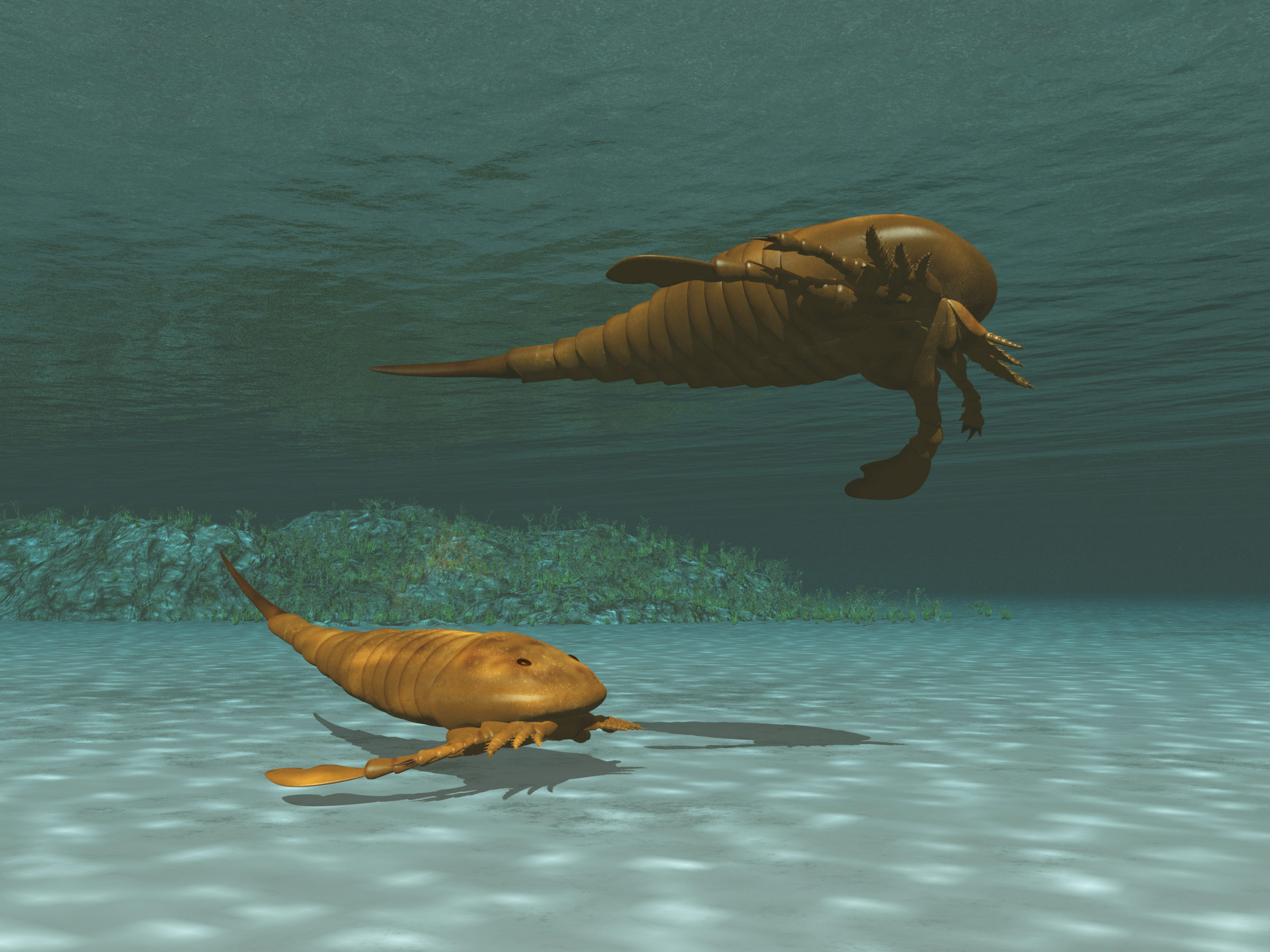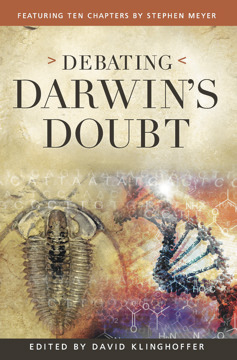 Evolution
Evolution
 Faith & Science
Faith & Science
 Intelligent Design
Intelligent Design
Denying the Signature: Methodological Naturalism and Materialism-of-the Gaps

Editor’s note: Readers of Evolution News likely know the central thesis of Stephen Meyer’s bestseller, Darwin’s Doubt: The Explosive Origin of Animal Life and the Case for Intelligent Design. Meyer argues that the functional biological information necessary to build the Cambrian animals is best explained by the activity of a designing intelligence, rather than an undirected, materialistic evolutionary process. Most reviews of Darwin’s Doubt curiously omitted to address or even to accurately report this central claim. However, a review by philosophers Robert Bishop and Robert O’Connor in Books & Culture was a welcome exception. In this 6-part series, adapted from Debating Darwin’s Doubt, edited by ENV‘s David Klinghoffer, Dr. Meyer responds to their critiques. This is Part 4 of the series. Look here for Parts 1, 2, and 3.
 Despite their multi-pronged critique, Robert O’Connor and Robert Bishop offer no evolutionary mechanism as an explanation for the origin of the information necessary to produce novel forms of animal life. Neither do they think it necessary to defend the creative power of the natural selection/random mutation mechanism, even though many leading evolutionary theorists now question its ability to generate fundamental innovation in biological form and/or information. To Bishop and O’Connor, it is enough to affirm that God uses (or could use) the natural selection/mutation process, though, they hasten to add, He necessarily does so without leaving any trace of His handiwork behind. “On the evolutionary creationist account, the work is signed using invisible ink,” they aver.
Despite their multi-pronged critique, Robert O’Connor and Robert Bishop offer no evolutionary mechanism as an explanation for the origin of the information necessary to produce novel forms of animal life. Neither do they think it necessary to defend the creative power of the natural selection/random mutation mechanism, even though many leading evolutionary theorists now question its ability to generate fundamental innovation in biological form and/or information. To Bishop and O’Connor, it is enough to affirm that God uses (or could use) the natural selection/mutation process, though, they hasten to add, He necessarily does so without leaving any trace of His handiwork behind. “On the evolutionary creationist account, the work is signed using invisible ink,” they aver.
In truth, the “evolutionary creationist” account that Bishop and O’Connor articulate in their review, and that they critique me for not taking seriously enough, has no empirical content beyond neo-Darwinism — although, of course, it can be accommodated to other versions of evolutionary theory as well. For example, in his BioLogos Forum review of Darwin’s Doubt, Bishop (writing solo) acknowledges the incompleteness of the neo-Darwinian mechanism, but affirms, without much elaboration or explanation, that other unspecified evolutionary mechanisms have compensated (or, at least, will eventually compensate) for any deficiencies as part of an “extended synthesis.”1
The biological details here seem unimportant to Bishop. What is important to proponents of evolutionary creation (EC) or theistic evolution (TE) such as Bishop and O’Connor is affirming that God works through, and only through, secondary causes. Whether there is presently any such evolutionary process that has demonstrated the capacity to generate functional digital information or biological novelty generally matters less than affirming that some such process will eventually account for the exquisite complexity of living things. However, in expressing this confidence in the inevitable success of some naturalistic explanation, proponents of EC (or TE) commit what one might justly characterize a kind of “materialism of the gaps” fallacy. Indeed, the great virtue of Bishop and O’Connor’s Books & Culture review is precisely the way in which it reveals their a priori commitment to finding naturalistic explanations for all events and features of the natural world regardless of what the evidence itself might indicate.
The discovery of digital code, hierarchically-organized information processing systems, and functionally-integrated complex circuits and nano-machinery would in any other realm of experience immediately and properly trigger an awareness of the prior activity of a designing intelligence — precisely because of what we know from experience about what it takes (i.e., what kind of cause is necessary) to produce such systems. But Bishop and O’Connor seem entirely unmoved by discoveries showing the existence of such informational and integrated complexity in living organisms, not because the existence of functional digital code or the nanotechnology in life is in any way in doubt, but because they have committed themselves to viewing the world as if it were the product of materialistic or naturalistic processes regardless of the evidence. (Of course, they conceptualize those processes as modes of divine action, that is, “secondary causes” in theological parlance, even when those same processes clearly lack the creative capacity necessary to explain the origin of the features of life that are attributed to them.)
Both Bishop and O’Connor are Christian defenders of the principle of “methodological naturalism” — a principle that specifies that scientists must explain all events by reference to materialistic (non-intelligent) causes whatever the evidence.2 For this reason, their affirmation that God designed the universe, but signed His work in undetectable “invisible ink,” should be taken with a grain of salt. True, the “signature” of design in nature can only be seen by those with eyes to see. But an a priori commitment to methodological naturalism ensures that we will never perceive (or at least acknowledge) design in nature whatever the evidence, and it codifies our innate tendency to avert our eyes from what is “clearly seen” — and from what modern biology has made increasingly clear — in “the things that are made.”3
References
- See my discussion of Bishop’s ideas on this point in Chapter 40 of Debating Darwin’s Doubt.
- Regarding Robert Bishop’s commitment to methodological naturalism, see the discussion by Paul Nelson in Chapter 37 of Debating Darwin’s Doubt; regarding Robert O’Connor’s commitment to methodological naturalism, see Robert C. O’Connor, “Science on Trial: Exploring the Rationality of Methodological Naturalism,” Perspectives on Science and Christian Faith 49 (March 1997): 15-30.
- Romans 1:20.
